Masters of the Frozen Peaks

Snow leopards have evolved into perhaps the most specialized high-altitude hunters on Earth. Their massive paws work like natural snowshoes, distributing weight across treacherous terrain that would challenge even the most experienced mountaineers. These magnificent cats can leap horizontal distances of up to 50 feet, using their powerful hind legs to bound across rocky crevices that seem impossible to cross.
Living at altitudes where oxygen is scarce and temperatures plummet to -40°F, snow leopards have developed extraordinary adaptations. Their enlarged nasal cavities warm the frigid air before it reaches their lungs, while their dense fur coat provides insulation that rivals the best human winter gear.
The Phantom’s Elusive Nature

Spotting a snow leopard in the wild is like finding a ghost. These cats are so elusive that researchers often spend years studying them without a single direct sighting. Their cryptic coat pattern of dark rosettes against pale gray fur makes them virtually invisible against the rocky, snow-dusted mountainsides they call home.
Local herders in the Himalayas have nicknamed them “gray ghosts” because they seem to materialize and vanish without a trace. Even with modern camera traps and GPS collars, scientists estimate that fewer than 4,000 snow leopards remain in the wild across their entire range.
Eyes That Pierce the Mountain Mist
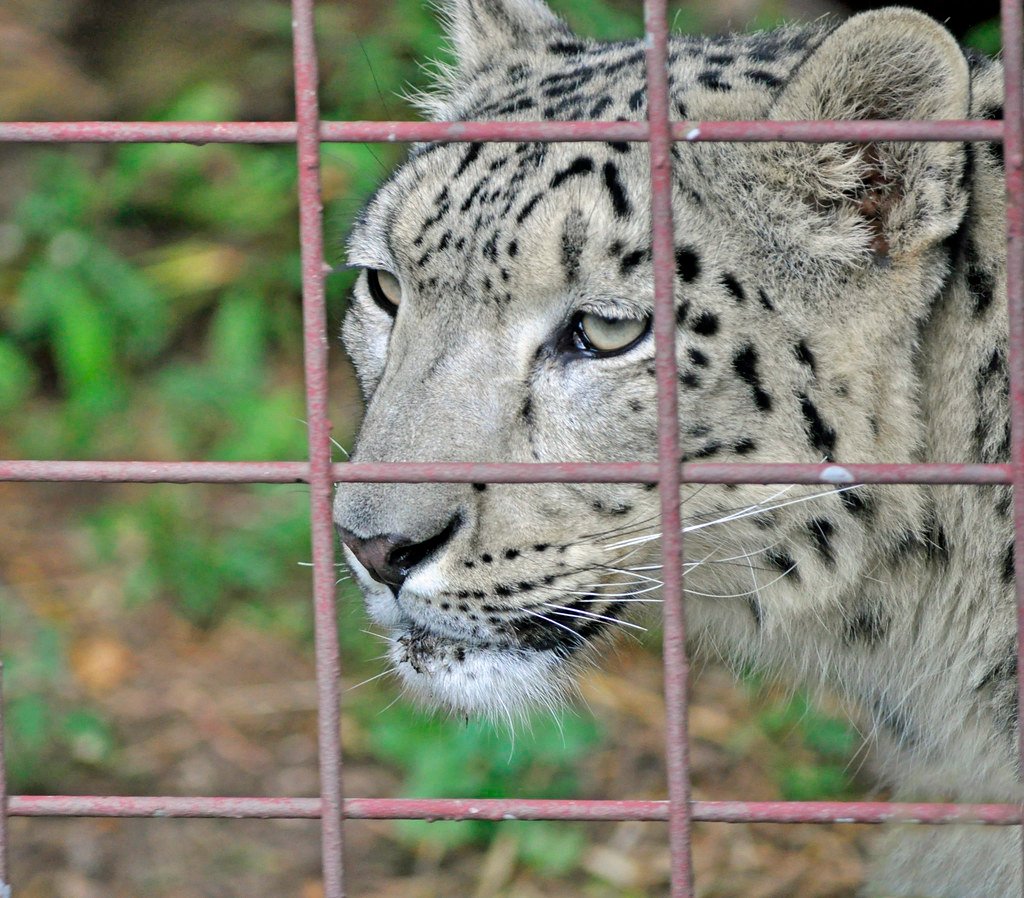
Those piercing pale green or blue eyes aren’t just beautiful—they’re precision instruments. Snow leopards have exceptionally large eyes relative to their head size, allowing them to gather maximum light in their dim, high-altitude environment. During the brief mountain dawn and dusk when they’re most active, these eyes give them a crucial advantage over their prey.
The intensity of their gaze has captivated photographers and researchers alike. When a snow leopard fixes its stare on something, there’s an almost supernatural quality to the moment, as if the mountain itself is watching.
Tail Tales of Balance and Warmth
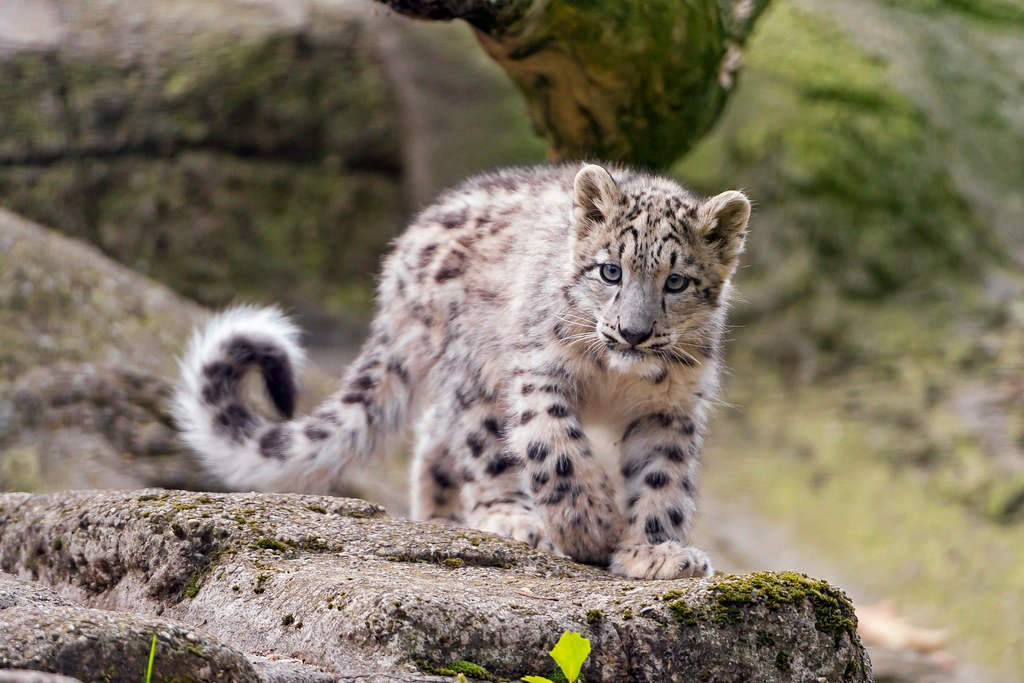
That magnificent tail isn’t just for show—it’s a multipurpose survival tool that can be nearly as long as the cat’s entire body. During death-defying leaps across rocky outcrops, the tail acts like a tightrope walker’s balance pole, helping the snow leopard maintain perfect control in mid-air.
When temperatures drop to bone-chilling levels, the snow leopard wraps its fluffy tail around its face like a built-in scarf, protecting its nose and mouth from frostbite. The tail is so well-insulated that it can keep facial features warm even during the harshest mountain storms.
The Silent Stalker’s Approach
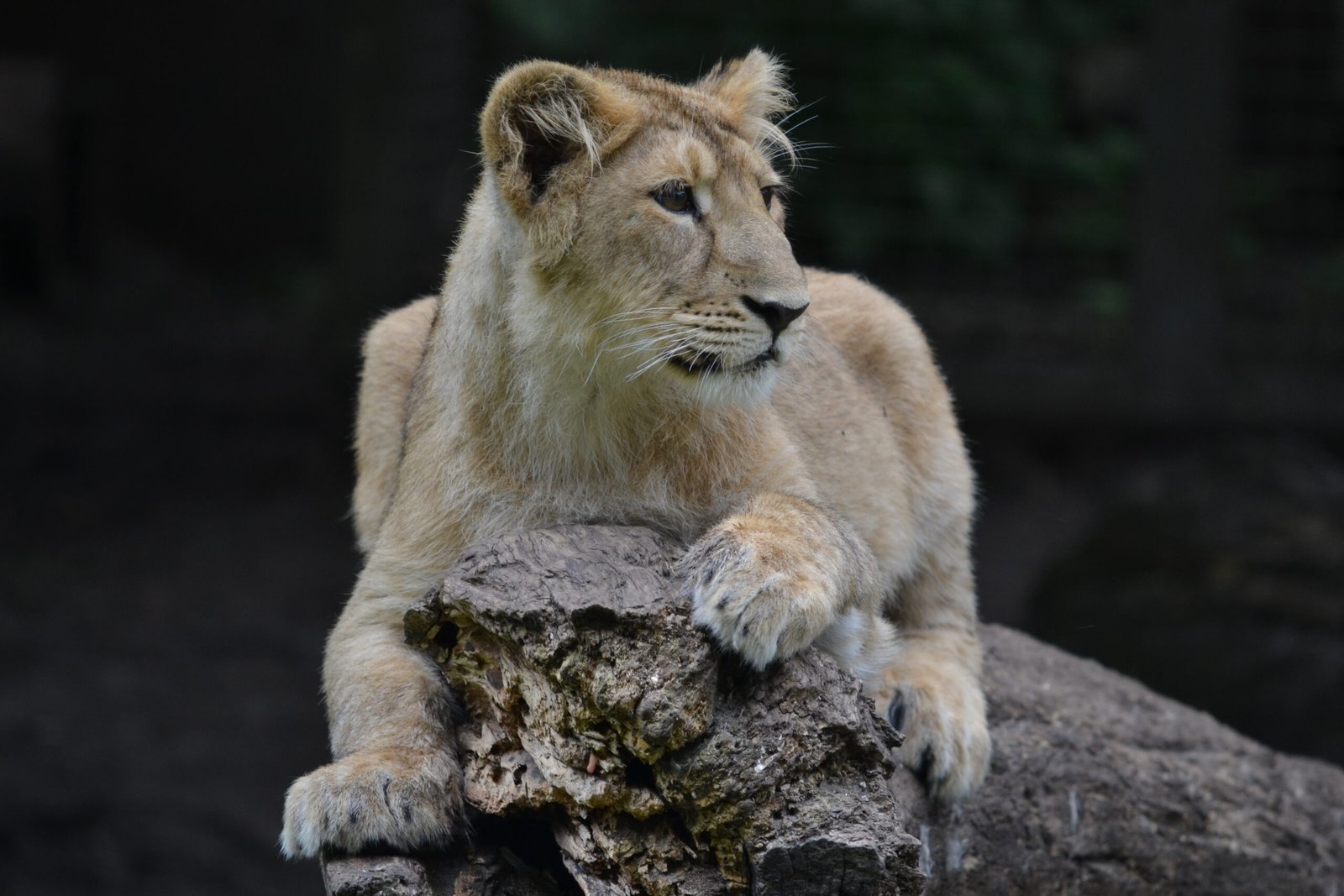
Unlike their roaring relatives, snow leopards are surprisingly quiet hunters. They cannot roar due to their unique throat structure, but this limitation has made them masters of stealth. Their approach is so silent that prey animals often don’t realize death is approaching until it’s too late.
The hunting technique involves incredible patience—snow leopards will sometimes wait motionless for hours, studying their target’s movements before making a single calculated strike. This energy-efficient approach is crucial in an environment where every calorie counts for survival.
Mothers on the Edge of Existence
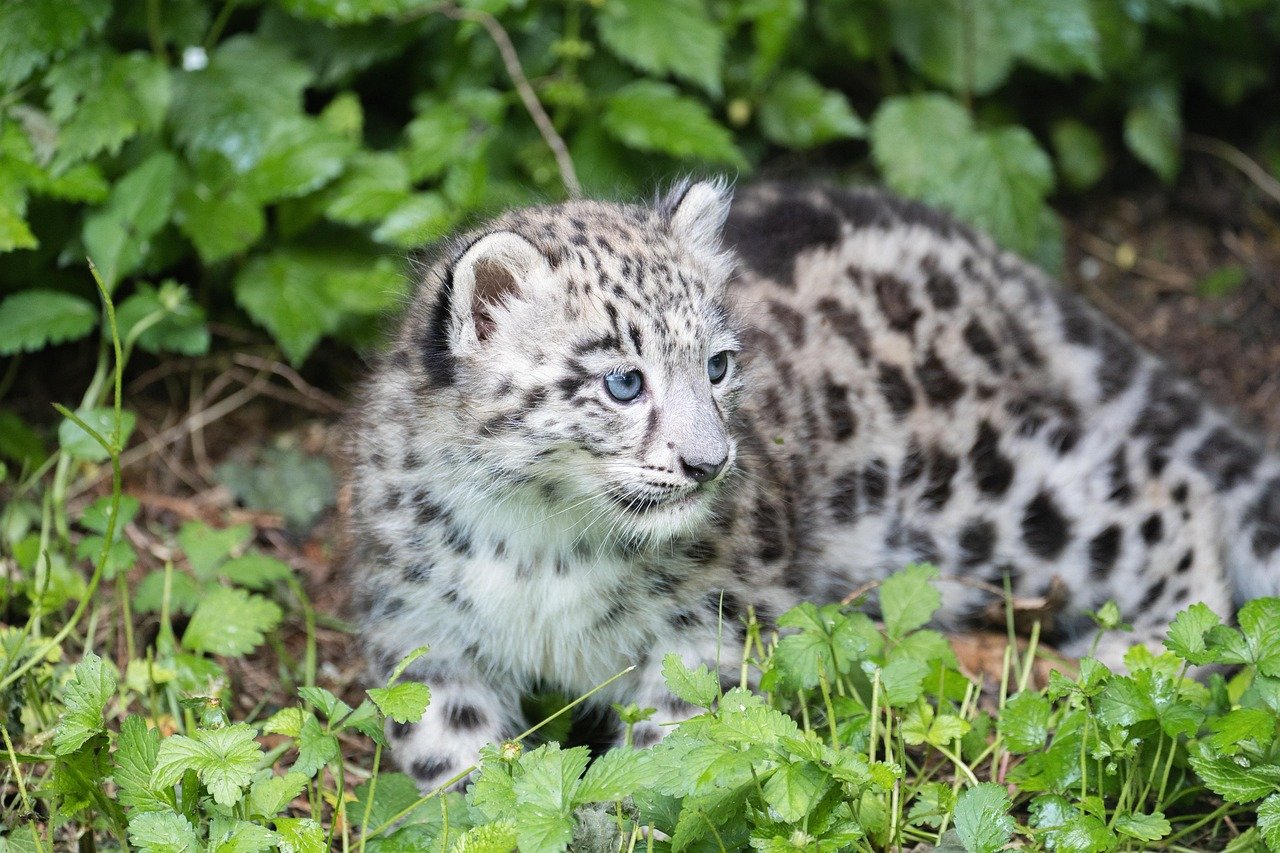
Female snow leopards face one of nature’s most challenging parenting situations. Raising cubs at extreme altitudes means constantly balancing the need to hunt with protecting vulnerable young from harsh weather and predators. Cubs remain with their mothers for up to 24 months, learning the complex skills needed to survive in this unforgiving environment.
The maternal bond is intensely strong, with mothers teaching their cubs not just hunting techniques but also the subtle art of reading weather patterns and finding shelter. A single mistake in judgment can mean the difference between life and death for the entire family.
Ancient Landscapes Under Threat
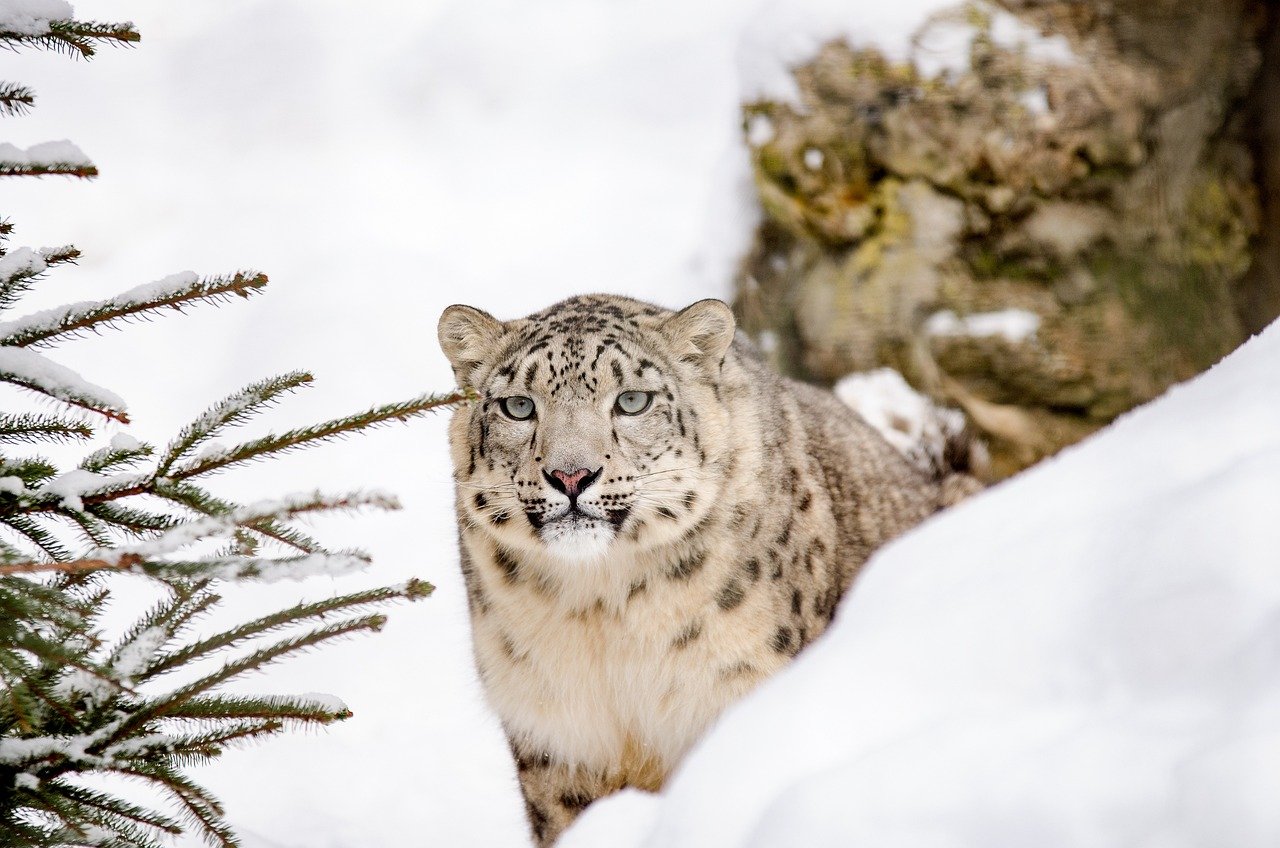
The snow leopard’s habitat spans some of the most remote and pristine mountain ranges on Earth, from the Himalayas to the Altai Mountains. These ancient landscapes have remained largely unchanged for thousands of years, creating a time capsule of evolutionary adaptation. However, climate change is now altering these environments faster than snow leopards can adapt.
As temperatures rise, the tree line moves higher up the mountains, reducing the open alpine habitat that snow leopards depend on. Their prey species are also shifting their ranges, forcing these specialized hunters to venture into unfamiliar territory.
The Herder’s Dilemma
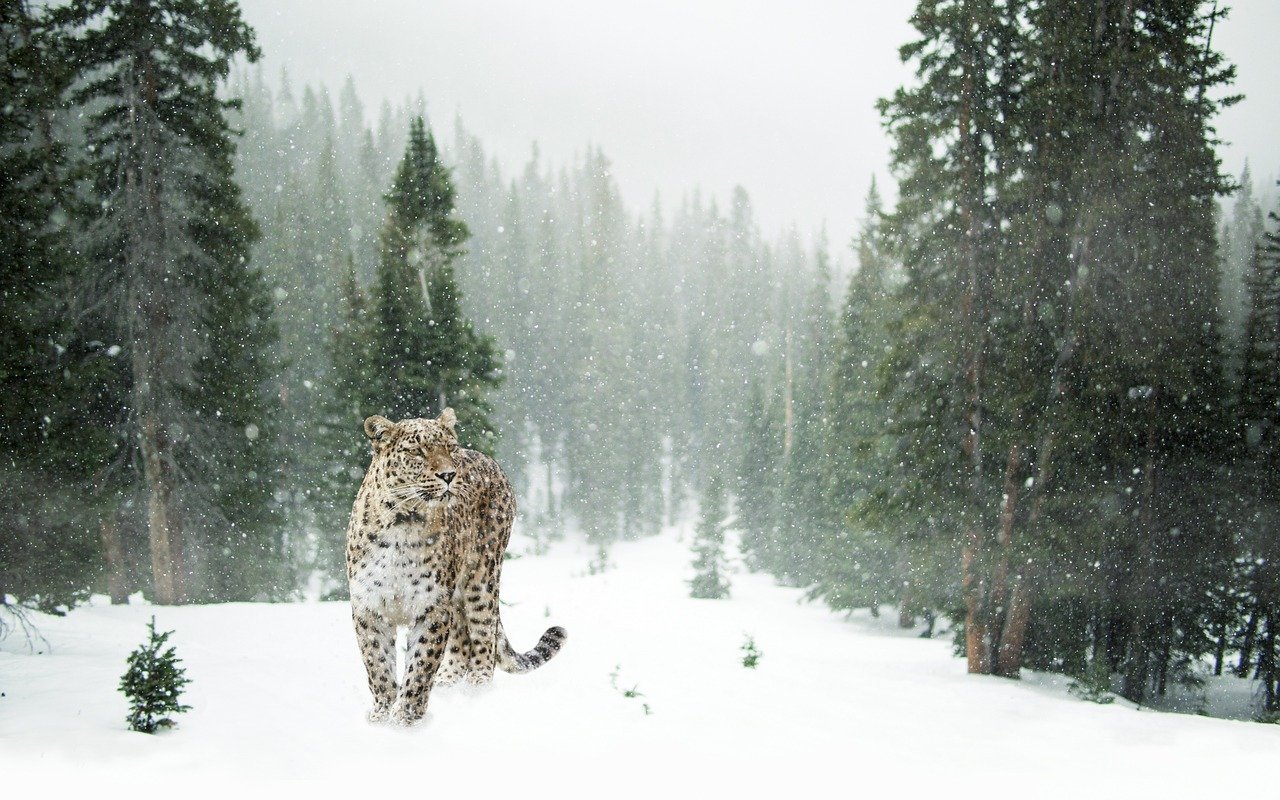
High-altitude communities have coexisted with snow leopards for generations, but this relationship is becoming increasingly strained. When snow leopards kill livestock, it can represent a devastating financial loss for families already living on the edge of poverty. A single attack on a flock can wipe out a herder’s entire annual income.
Yet many local communities also recognize the snow leopard as a symbol of their mountain heritage. Some herders speak of these cats with a mixture of respect and resignation, understanding that sharing this harsh landscape requires both vigilance and acceptance.
Tracking the Untraceable
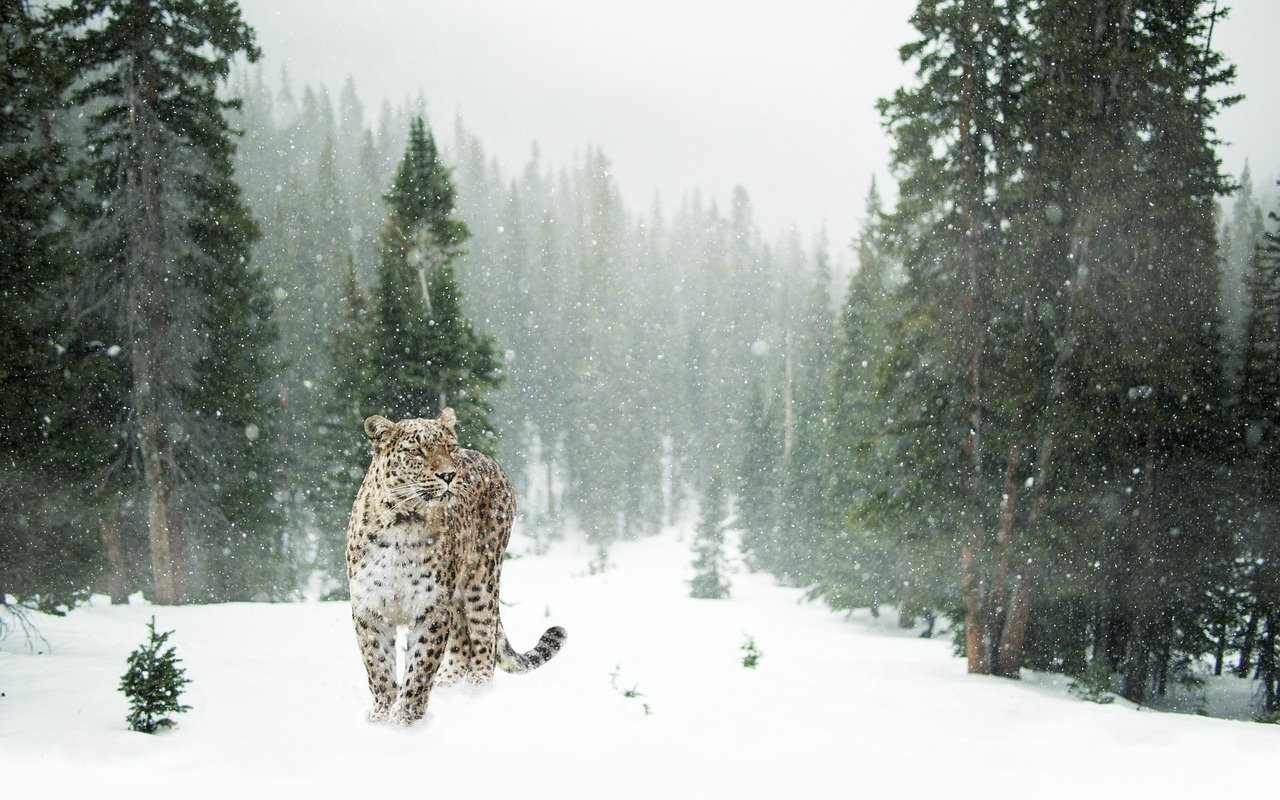
Modern conservation efforts rely heavily on technology to study these elusive cats. GPS collars reveal surprising details about snow leopard behavior, showing that they travel enormous distances across seemingly impossible terrain. Some individuals have home ranges larger than entire small countries.
Camera traps placed strategically along ridge lines and game trails have revolutionized our understanding of snow leopard behavior. These devices capture intimate moments of family life, hunting behavior, and social interactions that would be impossible to observe directly.
The Prey That Shapes the Hunter

Blue sheep, ibex, and argali form the cornerstone of the snow leopard’s diet, but these prey species are perfectly adapted to escape. The evolutionary arms race between predator and prey has created some of the most spectacular chase sequences in the natural world. Blue sheep can navigate near-vertical cliff faces with ease, forcing snow leopards to become equally skilled climbers.
When large prey is scarce, snow leopards demonstrate remarkable adaptability, hunting everything from marmots to birds. This flexibility has been crucial to their survival, but it also shows how precarious their food security can be.
Whispers in the Wind
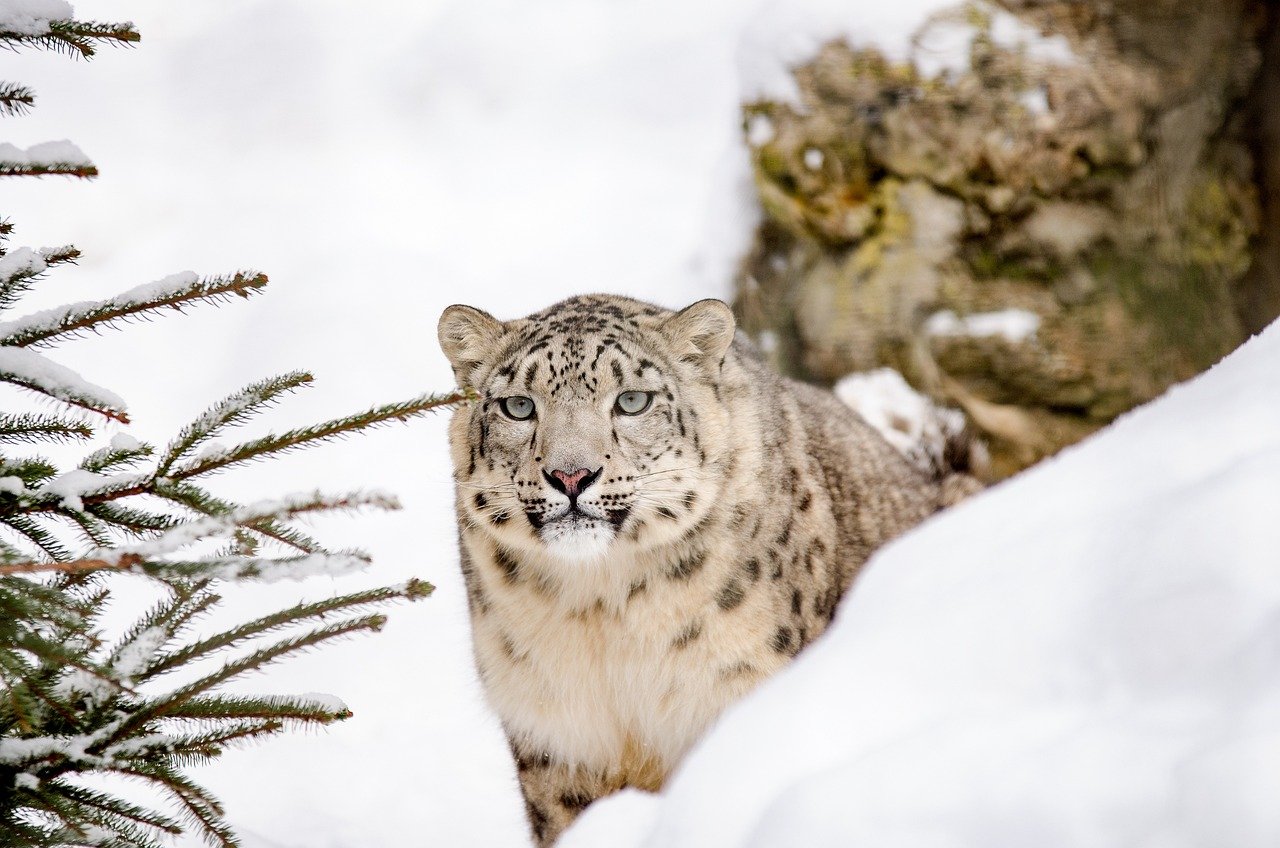
Snow leopards communicate through a complex system of scent marking, vocalizations, and visual signals that researchers are still working to understand. Their calls range from haunting chuffs to intense growls, each carrying specific meanings across the vast mountain landscapes.
Scent marking is particularly important in their solitary lifestyle, with individuals leaving chemical messages on rocks and vegetation that can convey information about identity, reproductive status, and territorial boundaries. These invisible highways of communication crisscross the mountains.
The Economics of Extinction
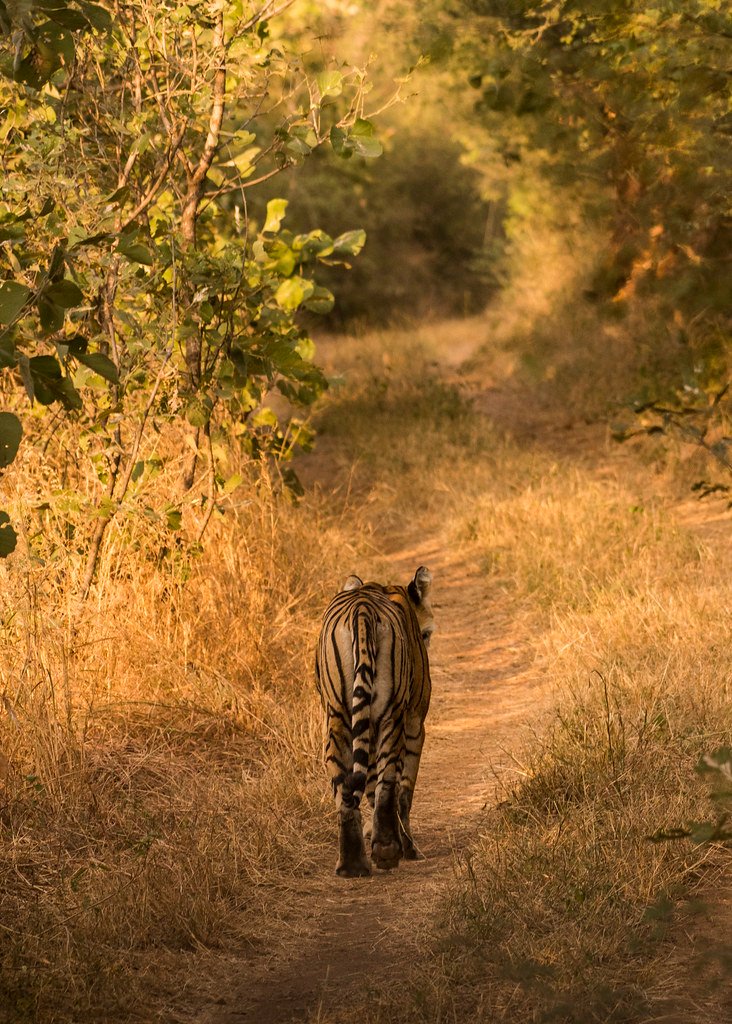
The black market value of snow leopard parts creates a powerful economic incentive for poaching. A single pelt can sell for thousands of dollars, representing years of income for impoverished mountain communities. Bones and other body parts are prized in traditional medicine, despite having no proven medical benefits.
This illegal trade operates across international borders, making enforcement extremely difficult. The remoteness of snow leopard habitat also means that poaching often goes undetected until it’s too late to prevent significant population impacts.
Children of the Clouds
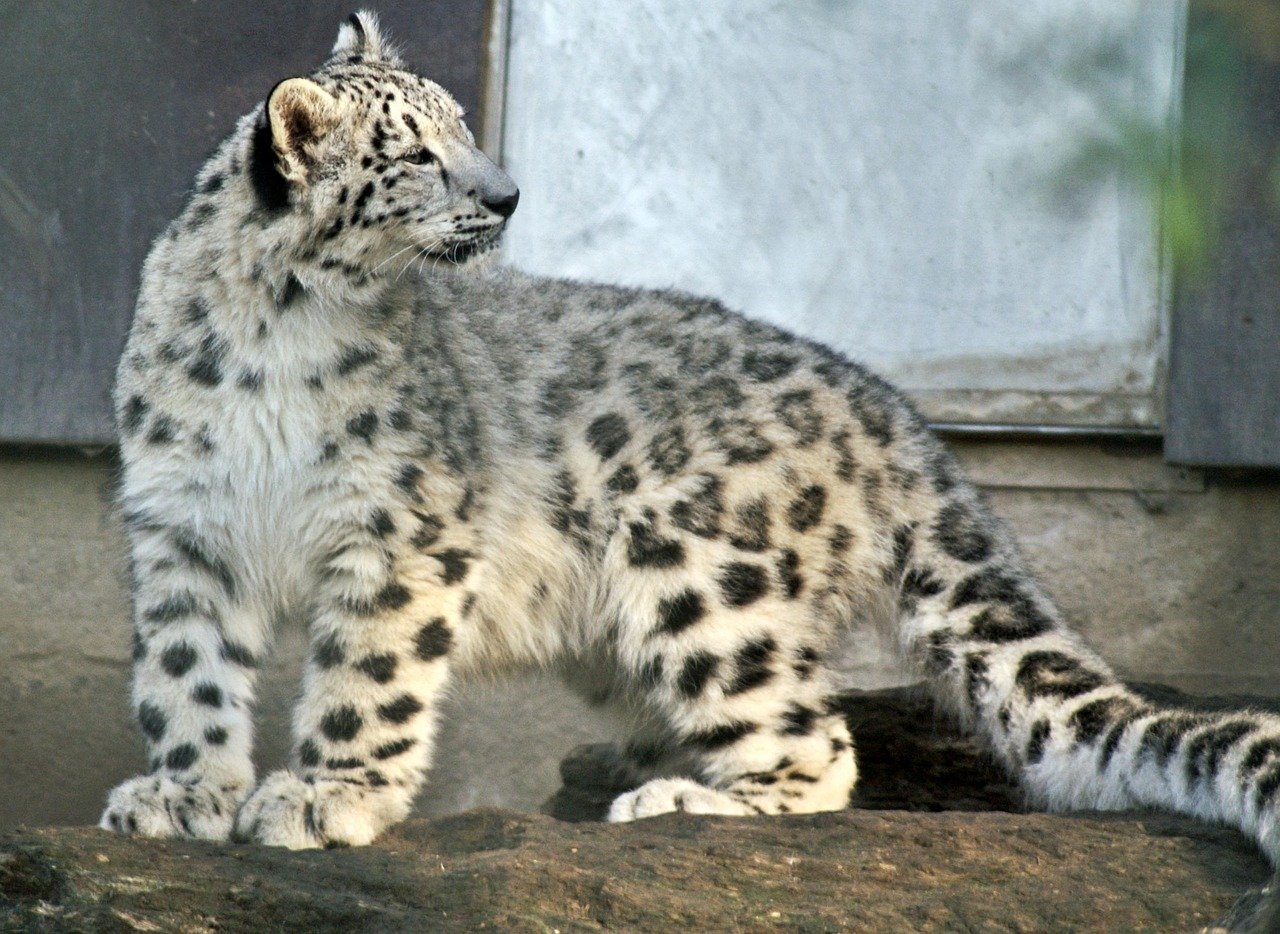
Young snow leopards must master an incredible array of skills to survive independence. They learn to read snow conditions, identify safe travel routes, and develop the patience required for successful hunting. The mortality rate for cubs is heartbreakingly high, with many not surviving their first winter.
Those that do survive become living embodiments of adaptation and resilience. Watching a young snow leopard take its first tentative steps across a snow-covered ledge is to witness millions of years of evolution in action.
Sacred Guardians of the Mountains

Many mountain cultures regard snow leopards as sacred beings, guardians of the high peaks who maintain the spiritual balance of their world. These beliefs have historically provided an additional layer of protection for the cats, with killing a snow leopard considered a grave spiritual offense.
As traditional cultures face pressure from modernization, these protective beliefs are weakening. Younger generations may not share the same reverence for snow leopards that their ancestors held, creating new challenges for conservation efforts.
The Sound of Silence
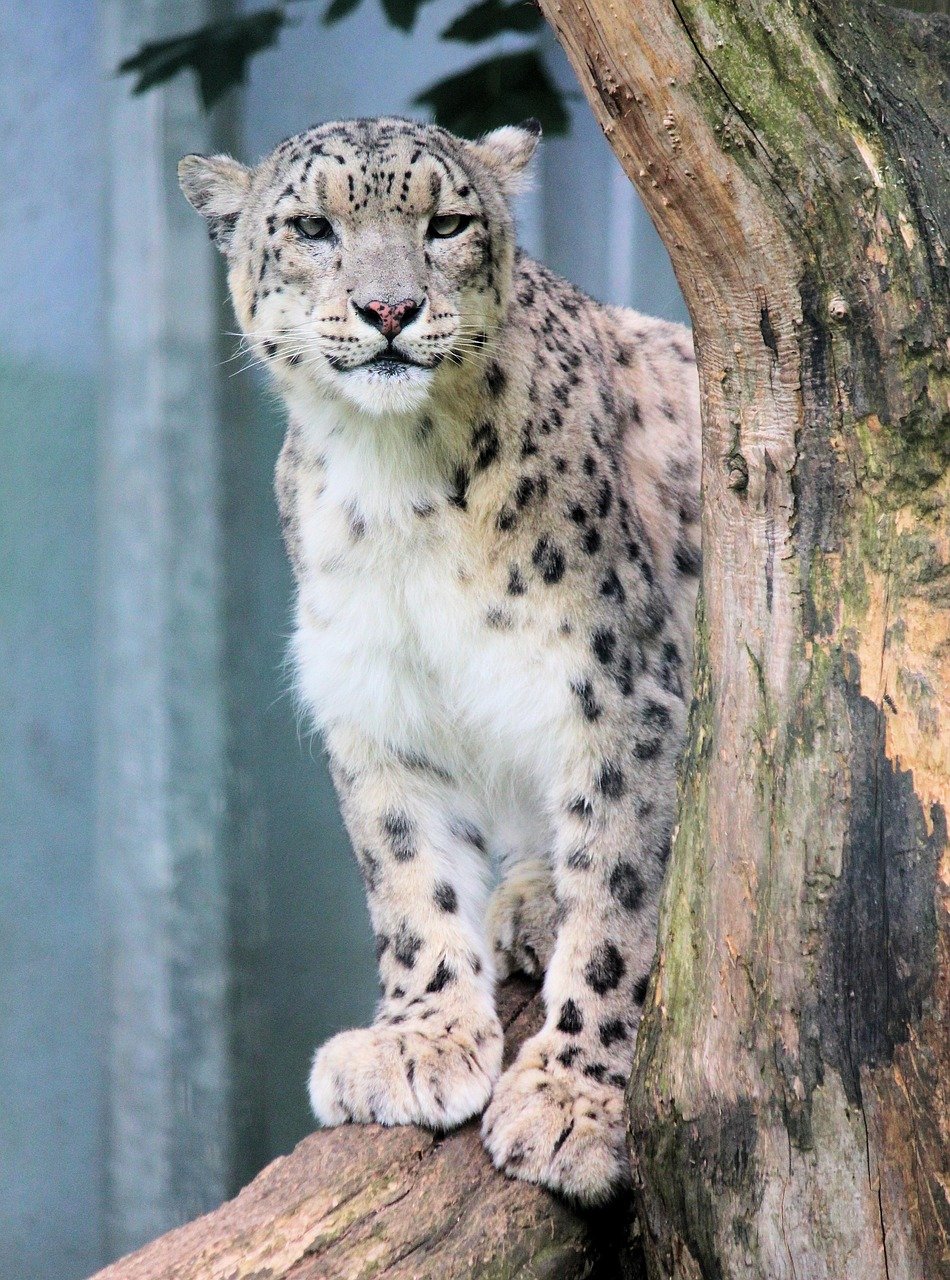
Perhaps nothing captures the essence of snow leopard habitat like the profound silence of the high mountains. In this world above the clouds, the only sounds are the whisper of wind across stone and the distant call of a snow leopard echoing through the valleys.
This silence is both beautiful and fragile, threatened by increasing human encroachment and climate change. As roads push higher into the mountains and tourism increases, the quiet sanctuaries where snow leopards have thrived for millennia are becoming increasingly rare.
Windows to an Ancient World
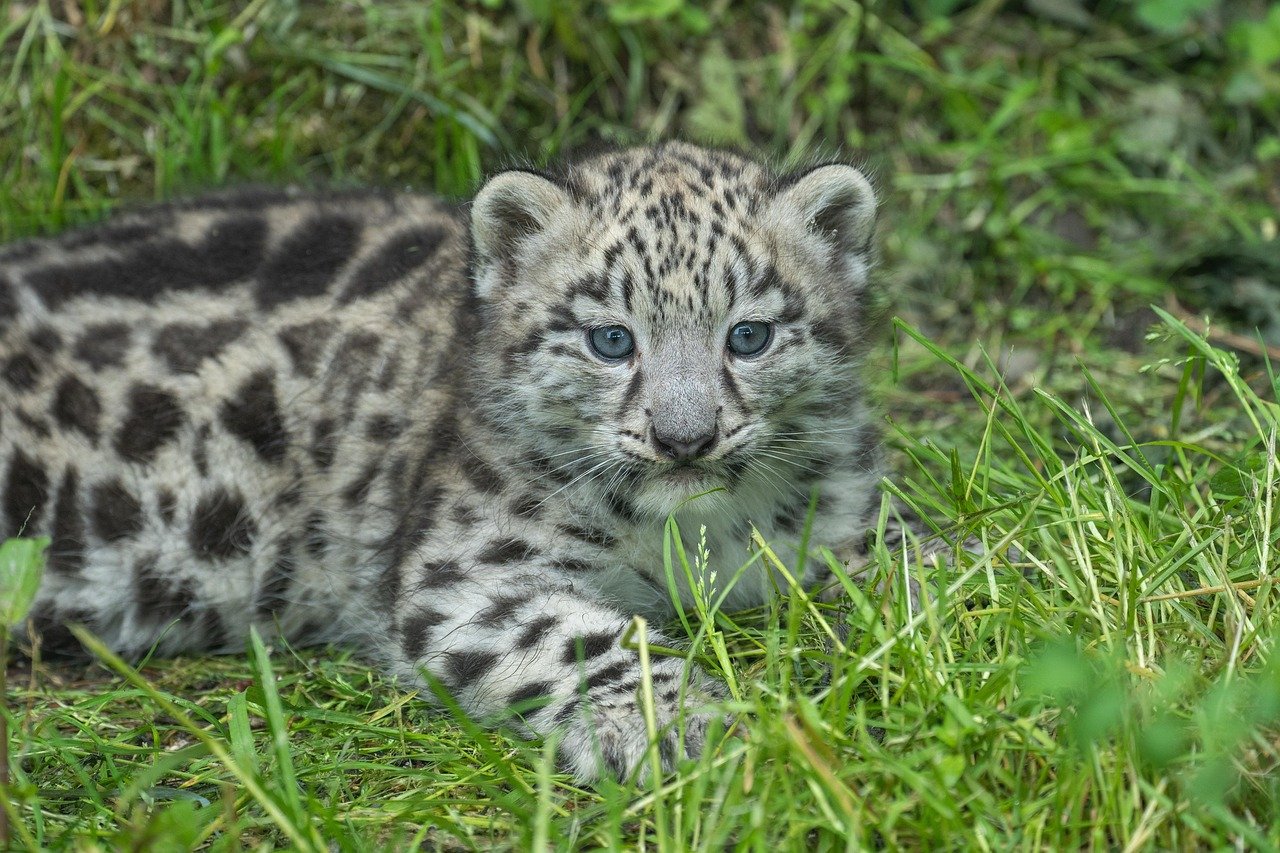
Looking into a snow leopard’s eyes is like peering back through evolutionary time. These cats represent an unbroken lineage stretching back millions of years, survivors of ice ages and geological upheavals that wiped out countless other species.
Every snow leopard alive today carries within its genes the accumulated wisdom of countless generations of mountain survivors. They are living libraries of adaptation, each individual a unique repository of survival knowledge that took millennia to develop.
Racing Against Time
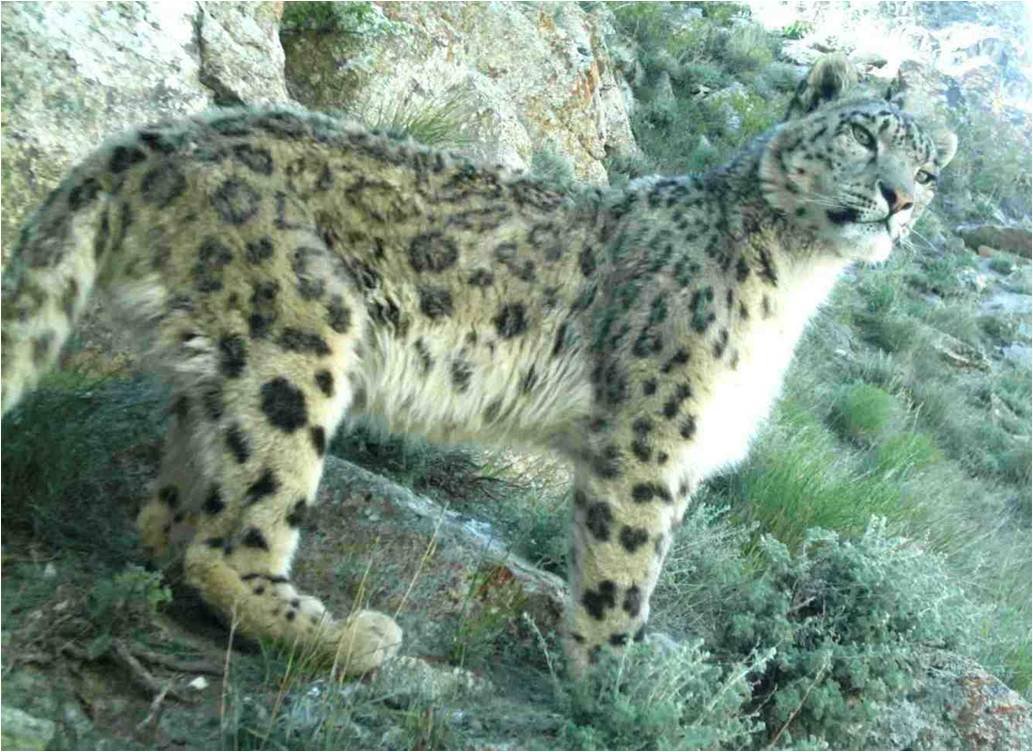
Conservation efforts for snow leopards are racing against multiple threats that seem to accelerate each year. Climate change, habitat fragmentation, prey depletion, and human conflict create a perfect storm of challenges that require immediate and coordinated action.
Success stories do exist—community-based conservation programs have shown remarkable results in some areas, proving that humans and snow leopards can coexist when given the right incentives and support. These victories offer hope, but they also highlight how much work remains to be done.
The Last Roamers
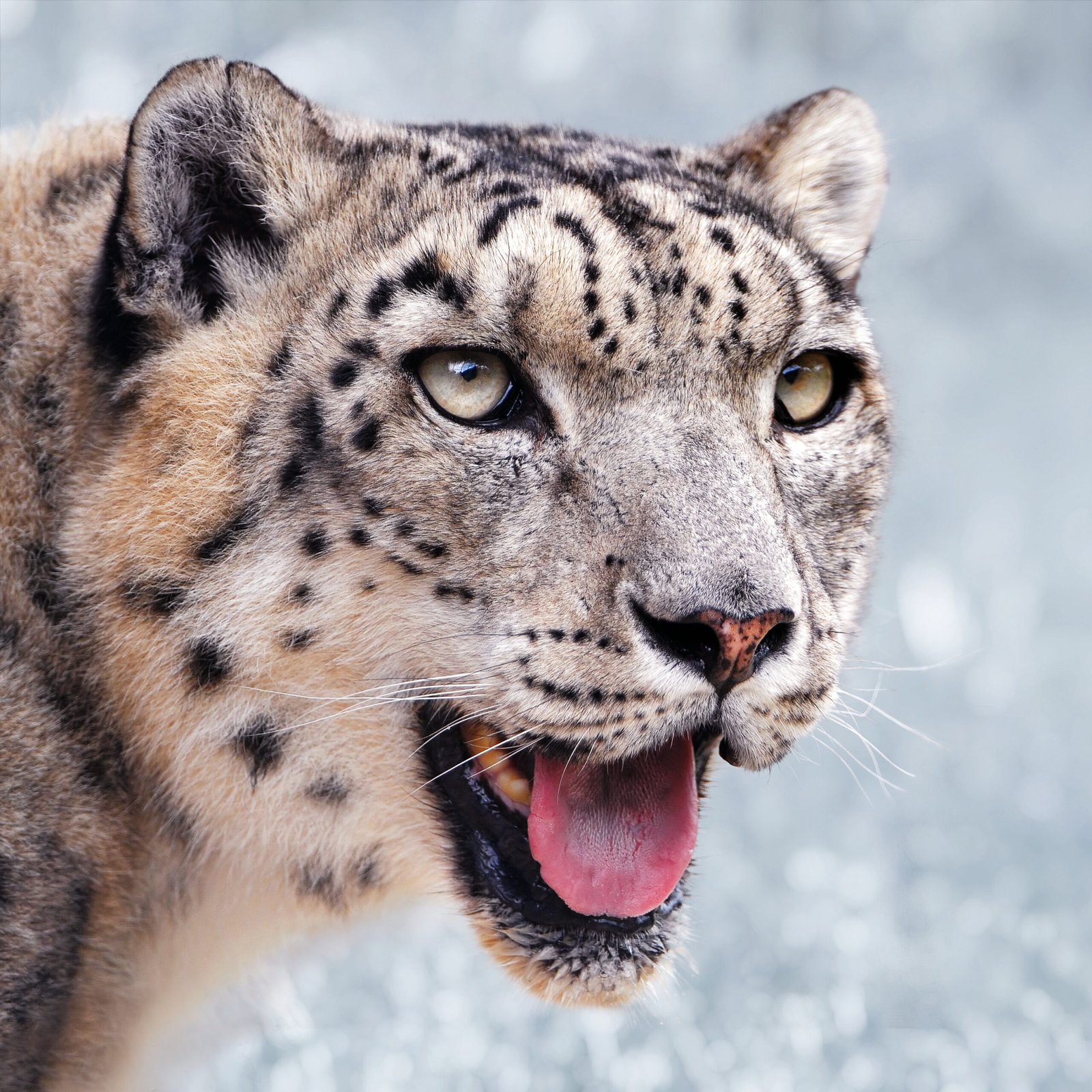
Snow leopards may be among the last truly wild cats on Earth, creatures whose lives remain largely unchanged by human influence. In a world where wilderness is disappearing at an alarming rate, they represent something precious and irreplaceable—a connection to the wild heart of our planet.
Their survival depends not just on protecting habitat and reducing human conflict, but on maintaining the sense of wonder and respect that these magnificent cats inspire. In their pale eyes and silent footsteps, we glimpse what the world was like before our species began reshaping it.
As we stand at the crossroads of their fate, one question haunts the mountain air: will future generations know the thrill of spotting those pale eyes watching from the rocky heights, or will they inherit only stories of the ghosts that once ruled the roof of the world?
Hi, I’m Bola, a passionate writer and creative strategist with a knack for crafting compelling content that educates, inspires, and connects. Over the years, I’ve honed my skills across various writing fields, including content creation, copywriting, online course development, and video scriptwriting.
When I’m not at my desk, you’ll find me exploring new ideas, reading books, or brainstorming creative ways to solve challenges. I believe that words have the power to transform, and I’m here to help you leverage that power for success.
Thanks for stopping by, Keep coming to this website to checkout new articles form me. You’d always love it!






